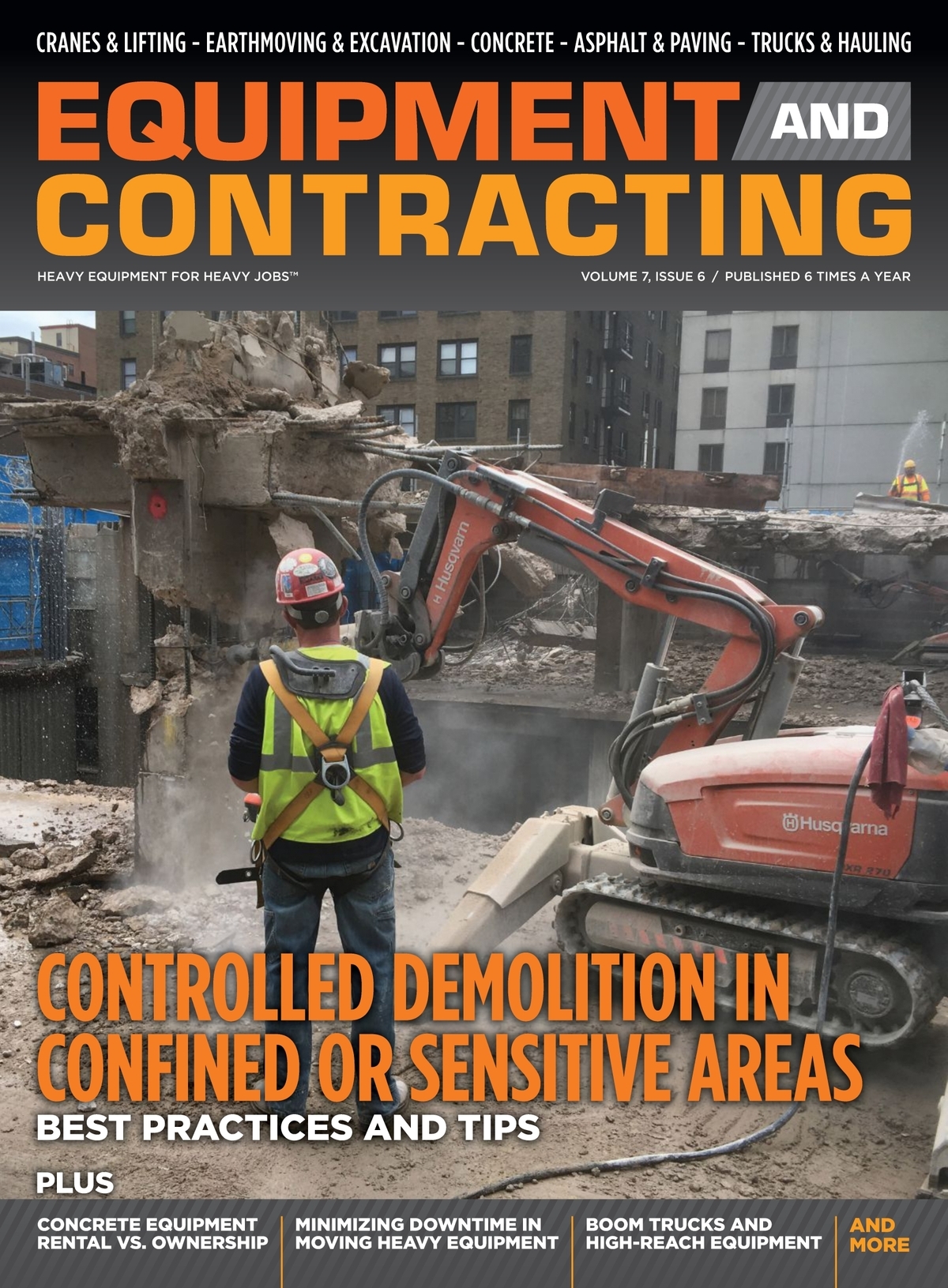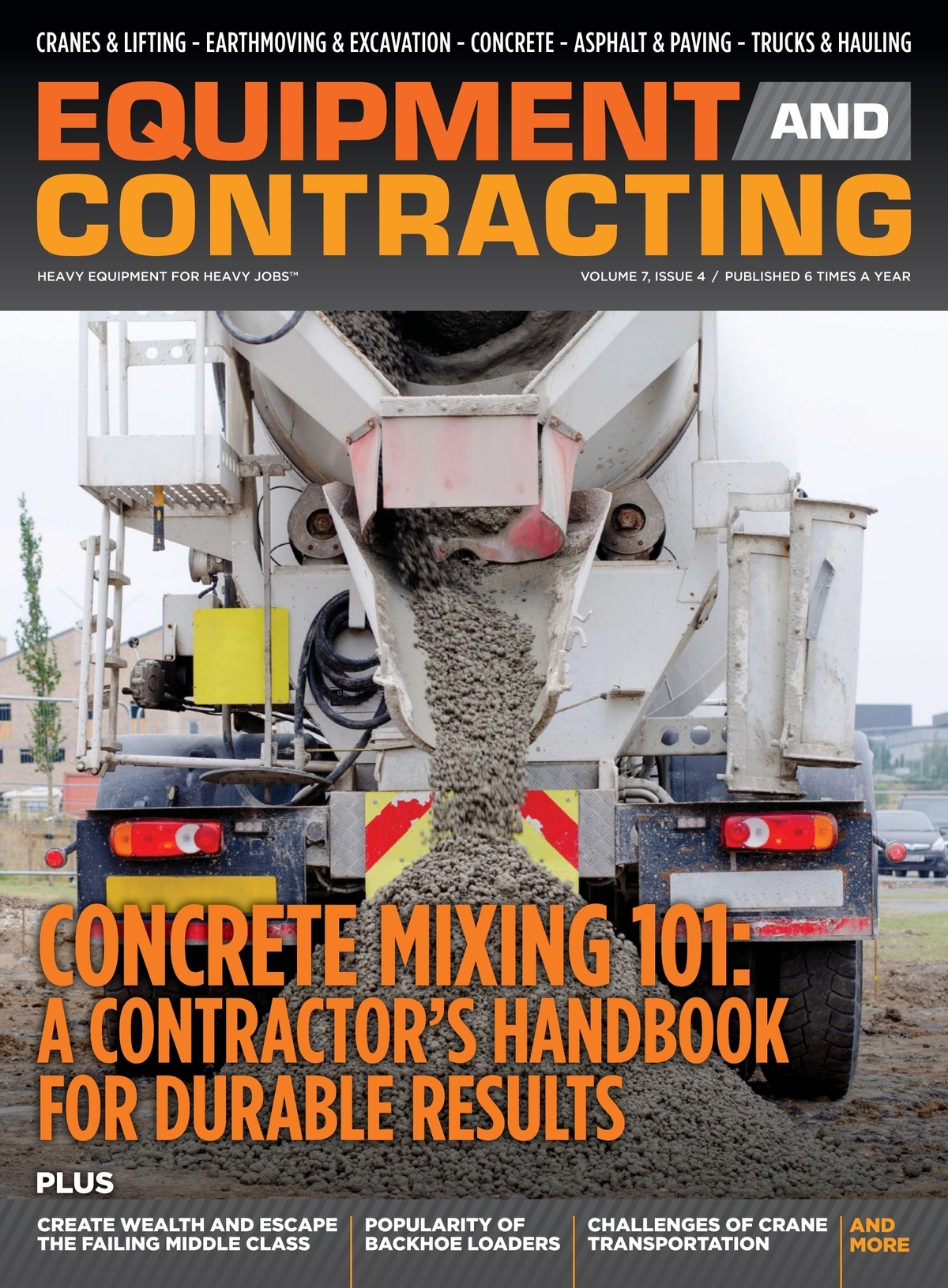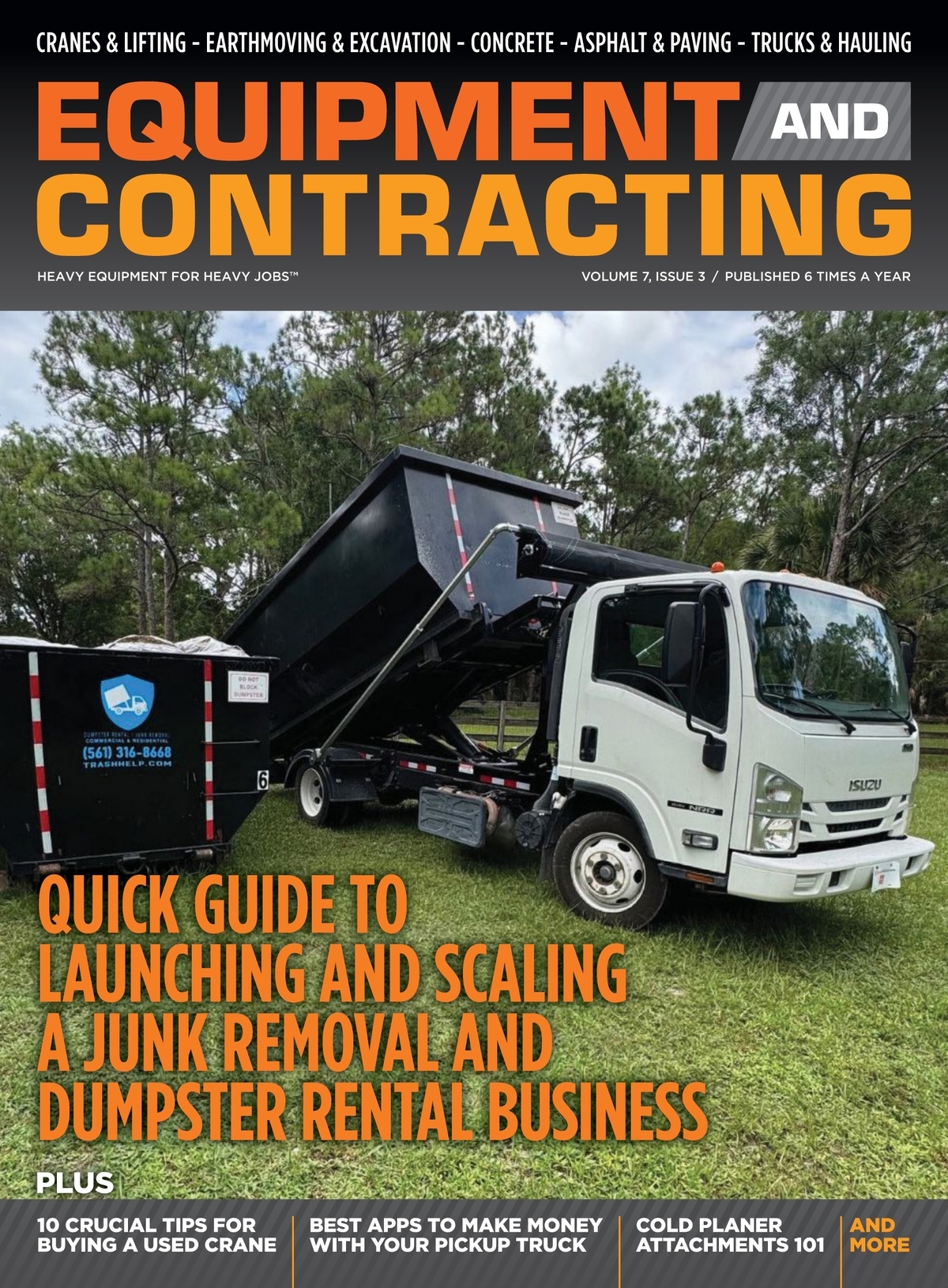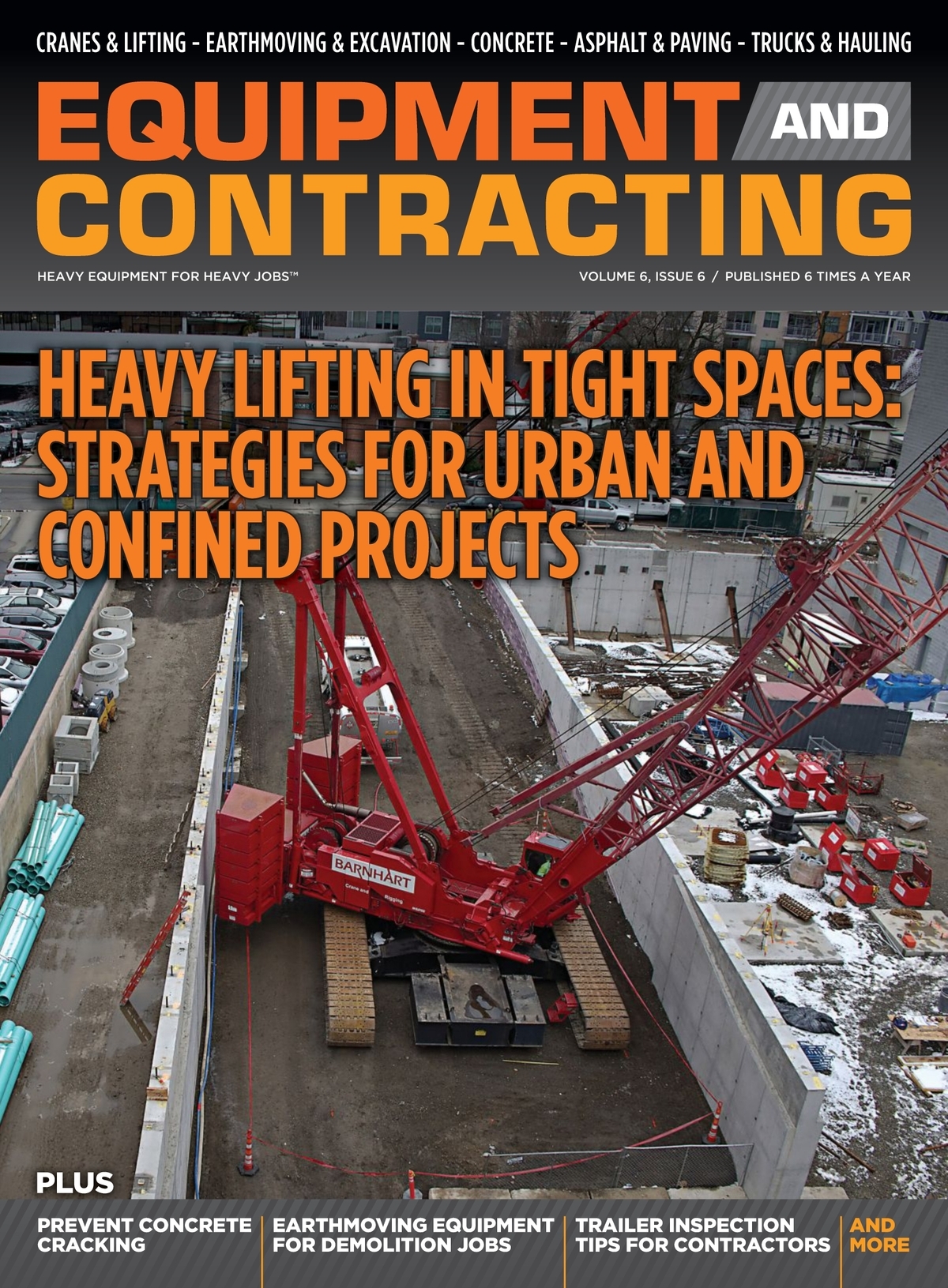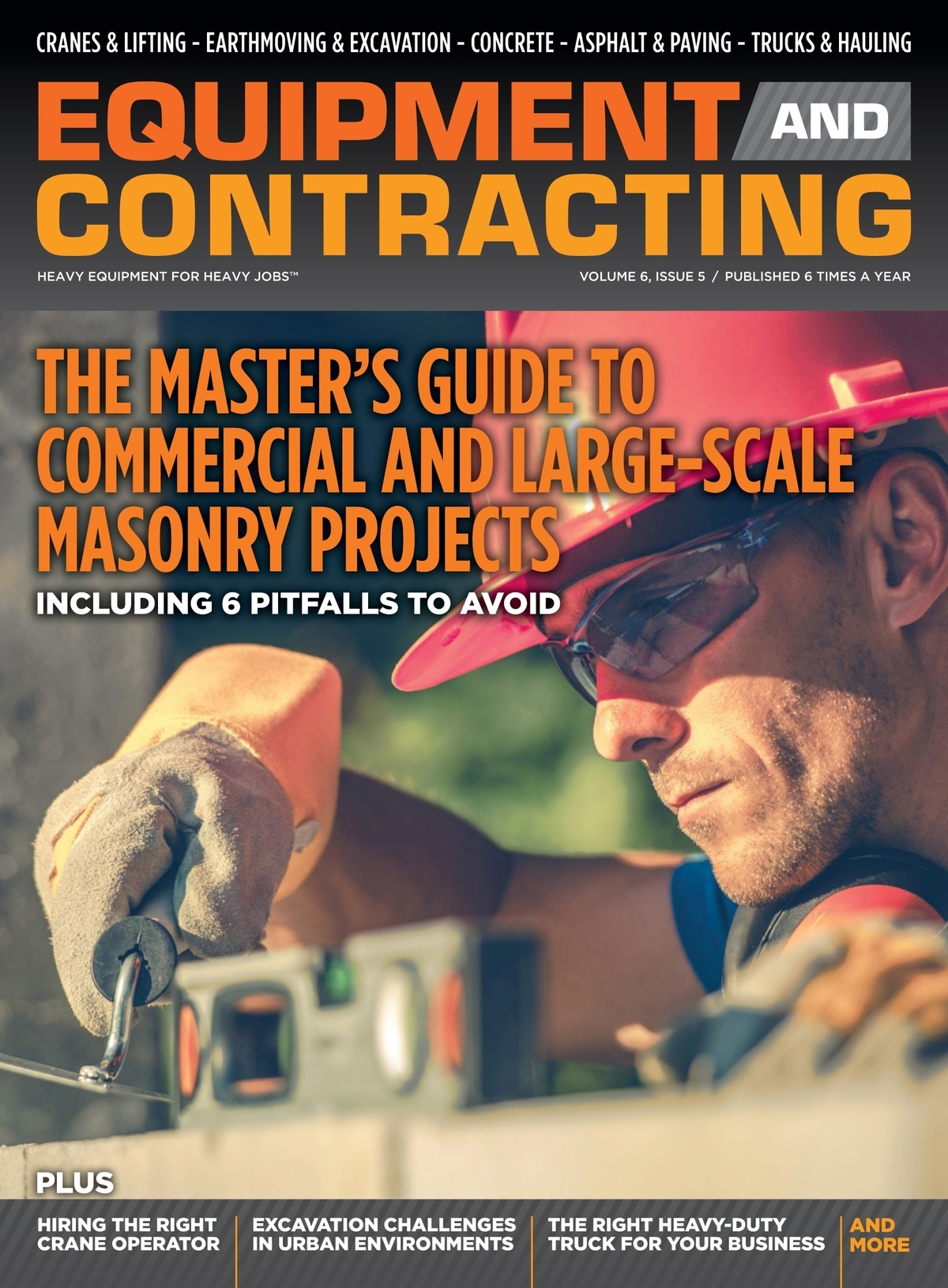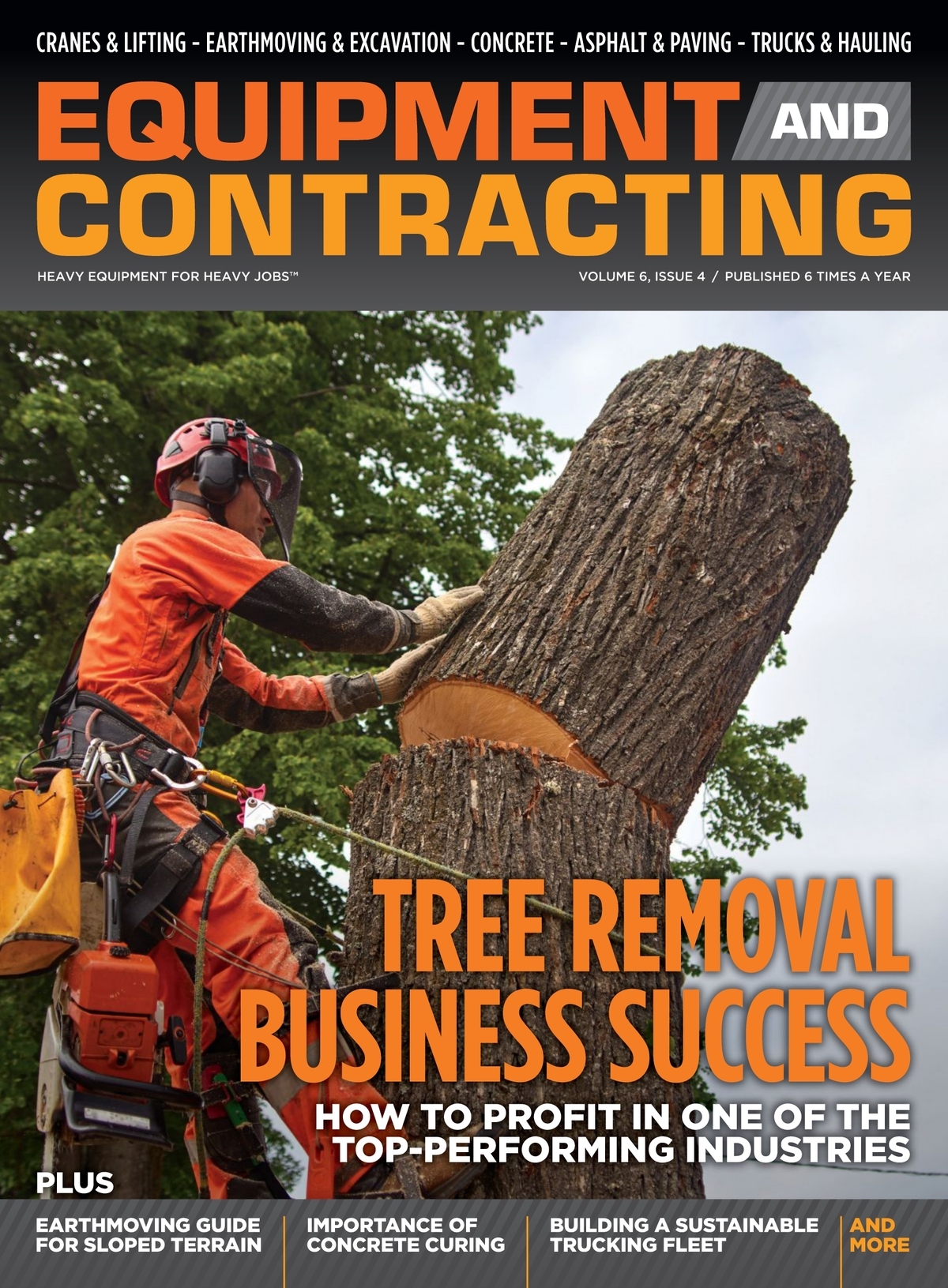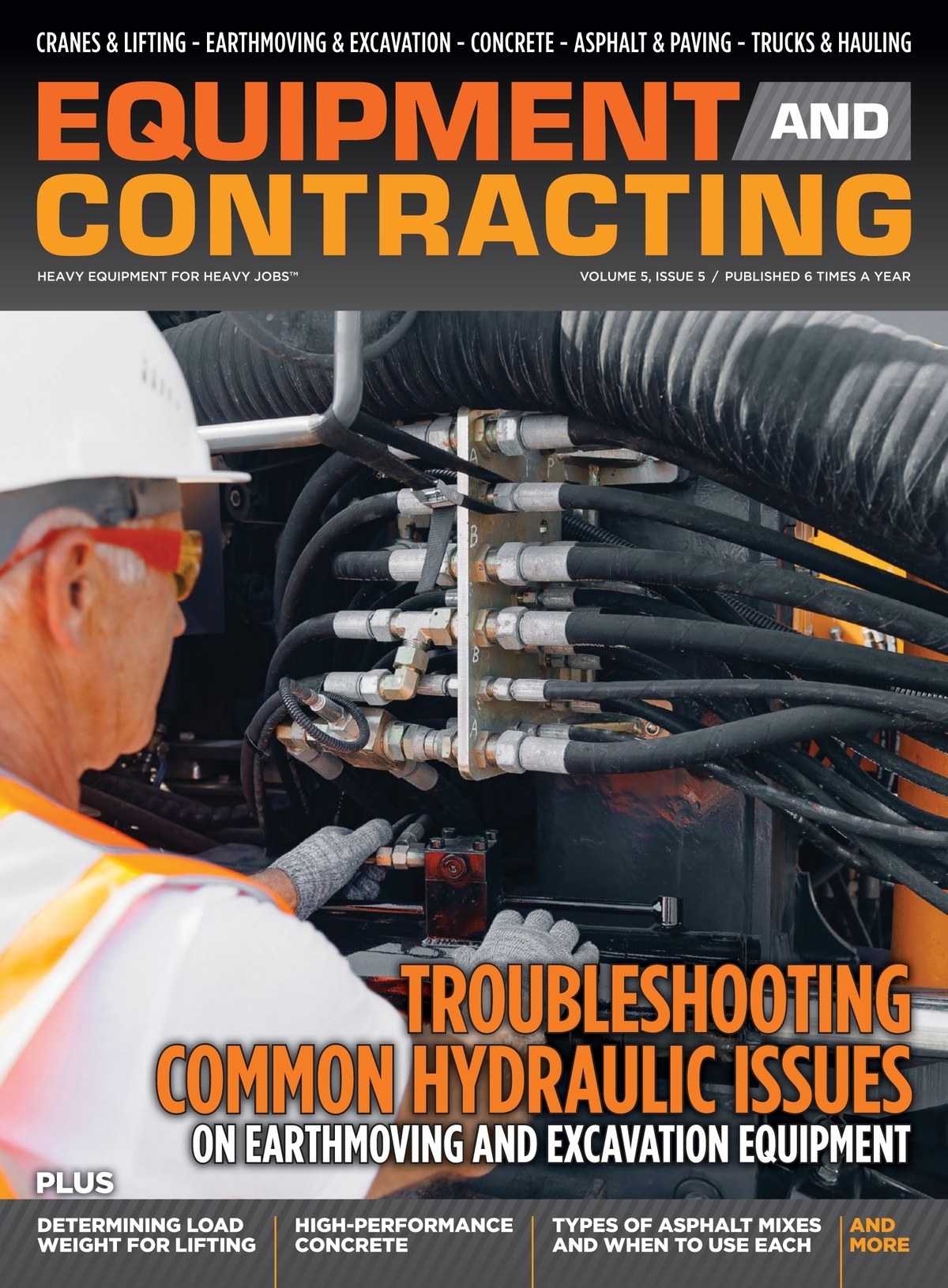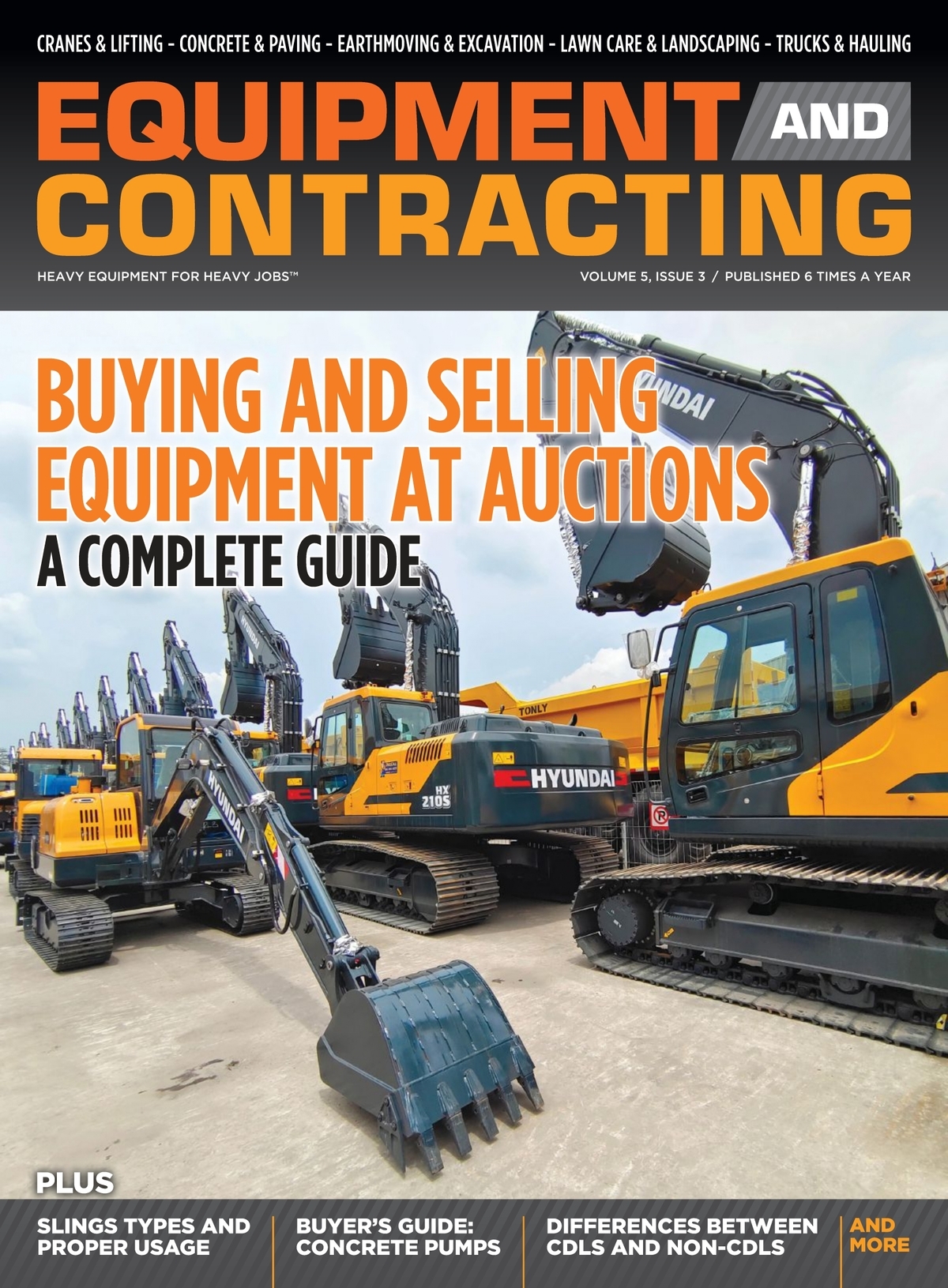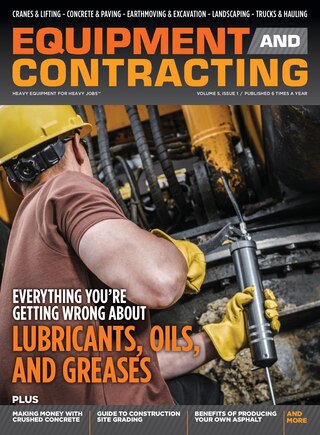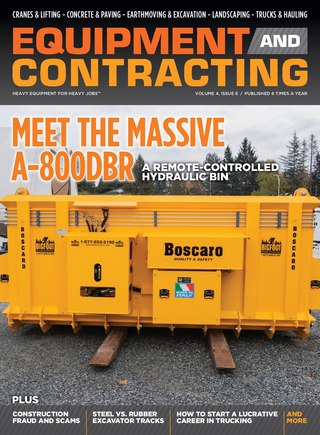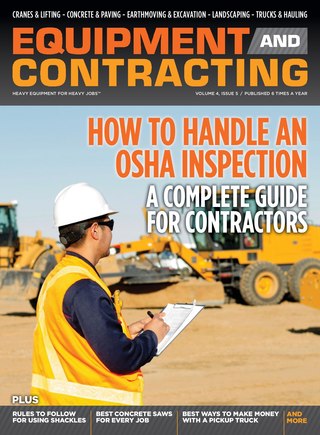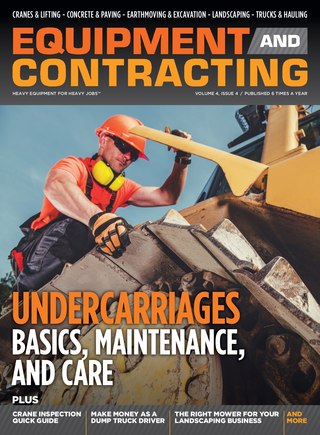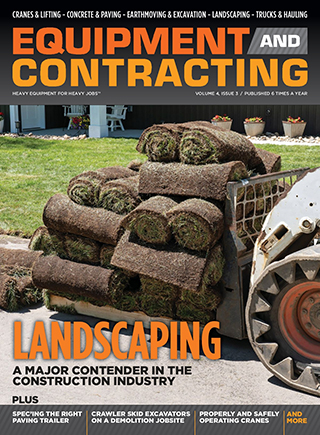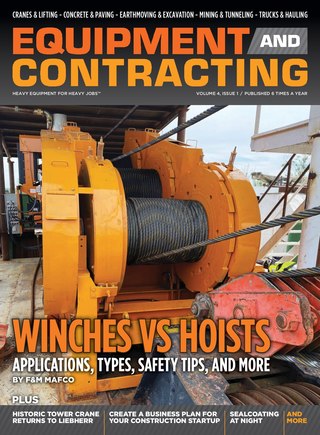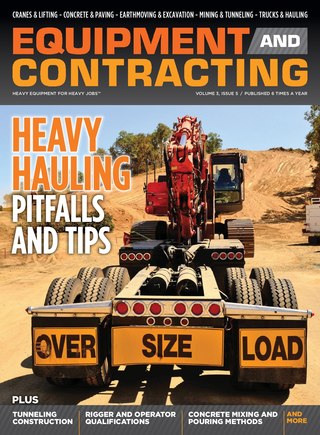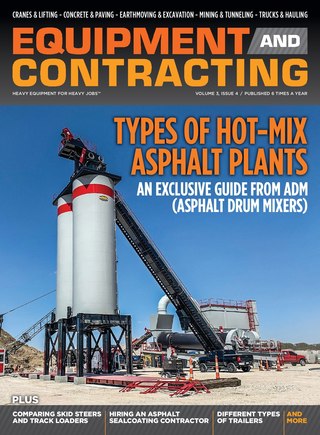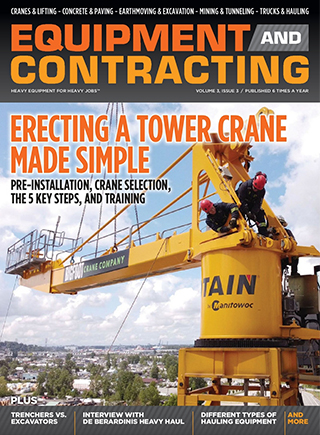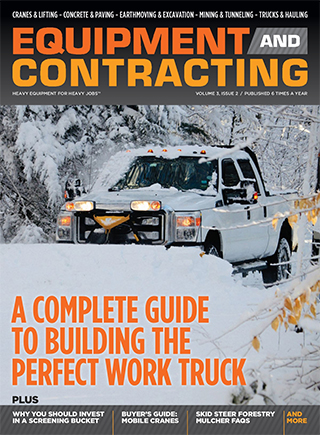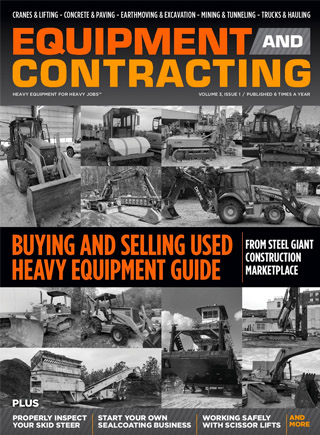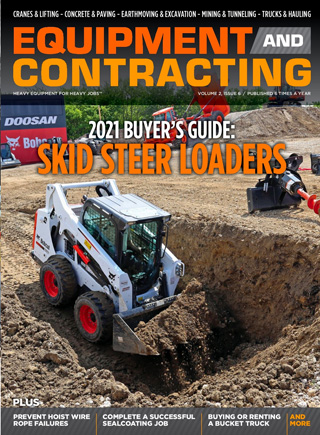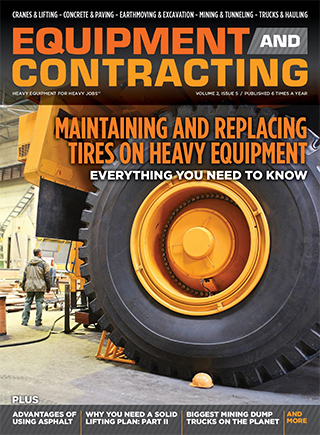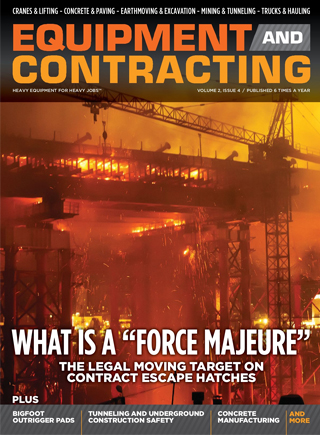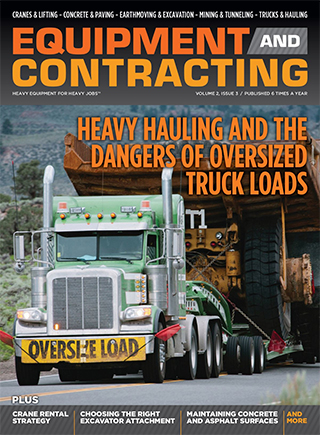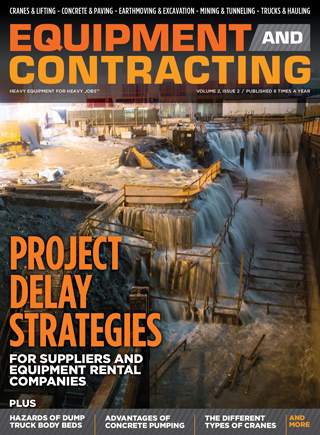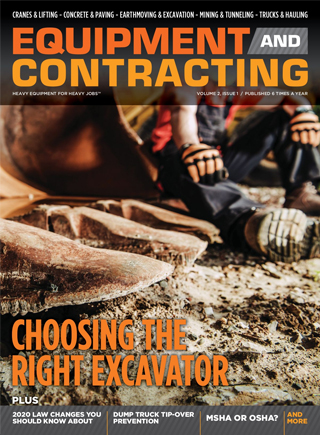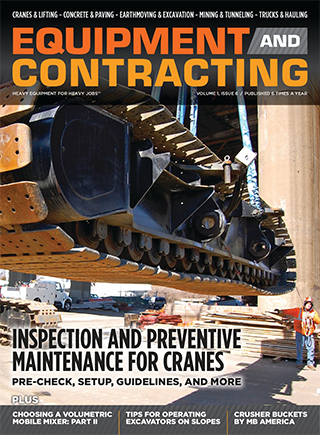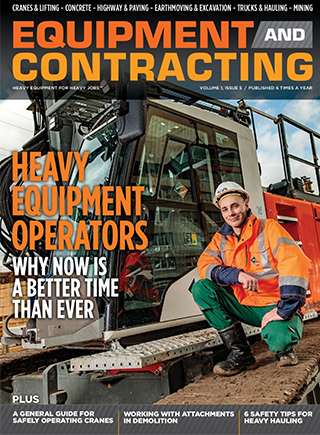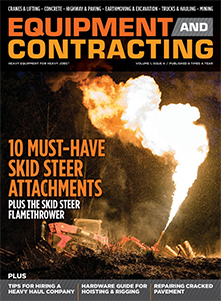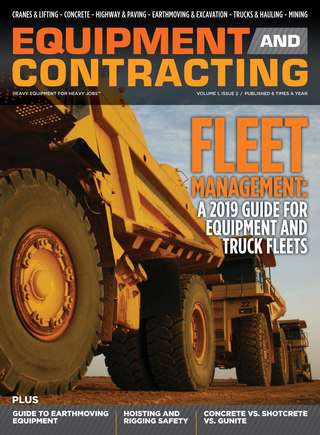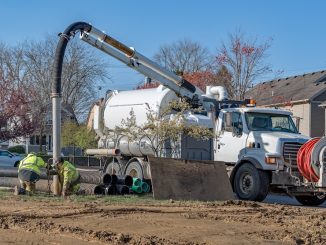
View the complete article here.
Cold planer attachments, also known as milling or asphalt planers, are powerful tools used in road construction, pavement rehabilitation, and site preparation. These attachments transform excavators, skid steers, or wheel loaders into precision machines capable of removing asphalt, concrete, or other surfaces with efficiency. This guide explores the types, features, applications, and key considerations for selecting and using cold planer attachments, helping contractors maximize productivity and versatility on the job site.
What are Cold Planer Attachments?
Cold planer attachments are hydraulic or mechanical units mounted on construction equipment to grind, cut, or mill surfaces like asphalt, concrete, or stabilized soil. They feature a rotating drum equipped with carbide-tipped teeth or picks that chip away material to a specified depth. Unlike large, dedicated cold planers, attachments offer compact, versatile solutions for smaller projects or tight spaces, making them ideal for contractors seeking cost-effective alternatives.
Types of Cold Planer Attachments
Cold planer attachments vary by size, mounting style, and host machine compatibility. Understanding the types helps you choose the right tool for your equipment and project.
Skid Steer Planers
Designed for skid steer loaders, these compact attachments are suited for small to medium jobs, such as patching roads, milling driveways, or removing sidewalk sections. They typically have working widths of 12 to 40 inches and milling depths up to 5 inches.
Excavator Planers
Mounted on excavator arms, these attachments offer precision in confined areas, like utility trenching or milling around obstacles. They are ideal for projects requiring vertical or angled cuts, with widths ranging from 8 to 24 inches and depths up to 6 inches.
Wheel Loader Planers
Larger attachments for wheel loaders handle heavy-duty tasks, such as resurfacing parking lots or highways. They offer wider cutting widths (up to 80 inches) and deeper milling depths (up to 8 inches), suitable for high-volume material removal.
Key Features to Consider
When selecting a cold planer attachment, evaluate these features to ensure compatibility and performance.
Cutting Width and Depth
Choose a cutting width that matches your project scope—narrower for precision work, wider for large surfaces. Depth control, often adjustable via hydraulic side shifts or depth skids, allows precise milling from 0 to 8 inches, depending on the model.
Drum and Tooth Configuration
The drum’s tooth pattern affects milling efficiency. Standard drums with evenly spaced teeth suit general asphalt milling, while fine-tooth drums are better for smooth concrete finishes. Replaceable carbide teeth ensure durability, but check tooth replacement costs and ease of access.
Hydraulic Requirements
Verify that your machine’s hydraulic flow and pressure match the attachment’s specifications (e.g., 20-40 GPM at 3,000-5,000 PSI for skid steer planers). High-flow hydraulics are often required for larger or high-performance models.
Dust Control Systems
Milling generates significant dust, so look for attachments with water kits or dust suppression systems to comply with OSHA regulations and maintain visibility. Some models integrate with onboard water tanks for convenience.
Side Shift and Tilt
Hydraulic side shift allows lateral movement for precise alignment, while tilt capabilities enable angled cuts on uneven surfaces. These features enhance versatility in complex projects like curb milling.
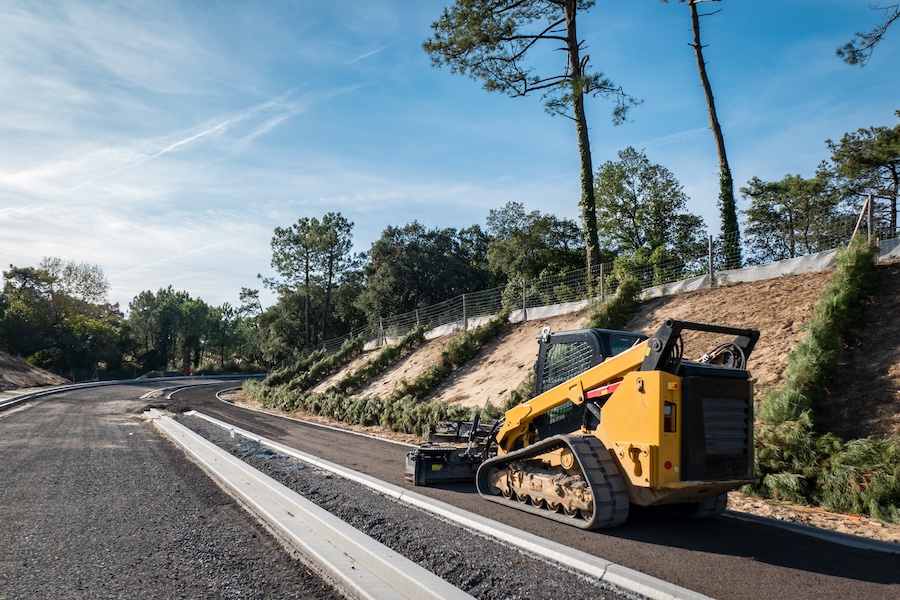
Applications of Cold Planer Attachments
Cold planer attachments are versatile tools used across various construction tasks.
Road and Pavement Repair
Planers remove damaged asphalt or concrete layers for pothole repairs, road resurfacing, or bridge deck rehabilitation. They create smooth, level surfaces for new pavement layers.
Utility Trenching
Excavator-mounted planers mill narrow trenches for water, gas, or electrical lines, minimizing disruption to surrounding pavement. Their precision reduces backfill costs.
Surface Texturing
Planers texture surfaces to improve traction on roads or prepare floors for coatings in industrial settings. Fine-tooth drums create skid-resistant patterns.
Site Preparation
Contractors use planers to level uneven ground, remove stabilized bases, or clear old pavement for new construction, ensuring a stable foundation.
Tips for Selecting and Using Cold Planer Attachments
To maximize the value and longevity of your cold planer attachment, follow these practical tips.
Match Attachment to Machine
Ensure your host machine (skid steer, excavator, or loader) has the weight, hydraulic capacity, and stability to handle the attachment. Overloading a smaller machine reduces efficiency and risks damage.
Assess Project Scope
For small jobs like driveway milling, a skid steer planer suffices. Larger projects, such as parking lot resurfacing, may require a wheel loader planer or a dedicated milling machine for cost efficiency.
Prioritize Durability
Choose attachments from reputable brands like Bobcat, Caterpillar, or Roadhog, known for robust construction. Check for heavy-duty frames and reinforced drums to withstand tough conditions.
Train Operators
Proper operation prevents wear and ensures safety. Train operators on depth control, tooth maintenance, and safe milling speeds (e.g., 10-20 feet per minute for asphalt). Avoid excessive pressure to prevent drum stalling.
Maintain the Attachment
Regularly inspect and replace worn teeth to maintain cutting efficiency. Clean the drum after use to prevent material buildup, and check hydraulic connections for leaks. Follow manufacturer maintenance schedules to extend service life.
Consider Rental Options
If projects are infrequent, renting a planer attachment may be more cost-effective than purchasing. Rentals also allow testing different models before committing to a purchase.
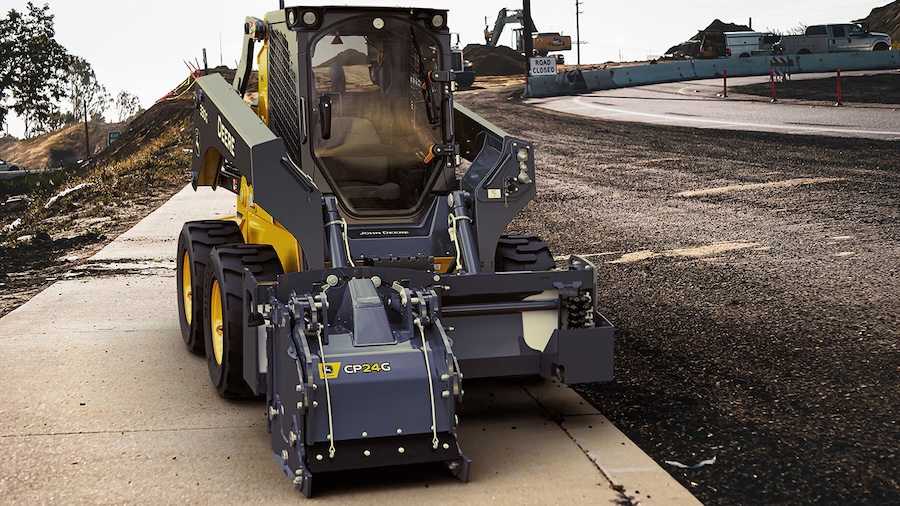
Safety Considerations
Safety is paramount when using cold planer attachments. Ensure operators wear PPE, including high-visibility vests, gloves, and eye protection, to guard against flying debris. Use dust suppression systems to minimize silica dust exposure, adhering to OSHA standards. Secure the work area with cones or barriers to protect workers and bystanders. Regularly inspect the attachment for loose bolts or damaged teeth to prevent malfunctions during operation.
View the complete article here.
What factors should I consider when choosing a cold planer attachment?
Match the attachment’s size, hydraulic requirements, and features (like depth control and drum type) to your machine and project needs.
What are common uses of cold planer attachments?
They are used for road repair, utility trenching, surface texturing, and site preparation.

